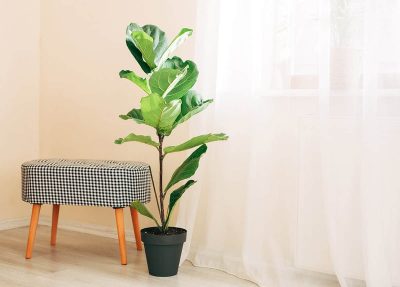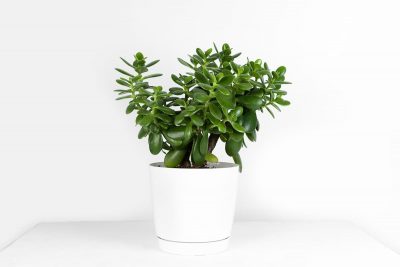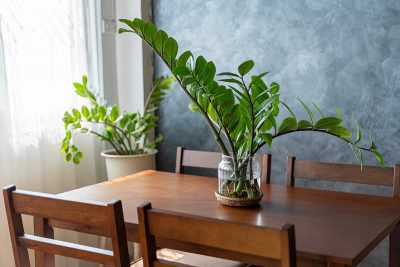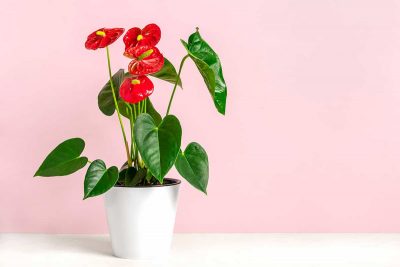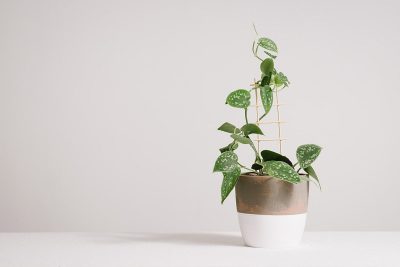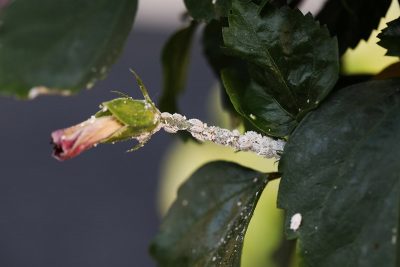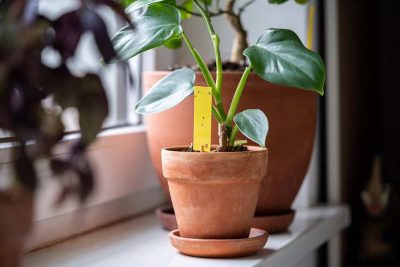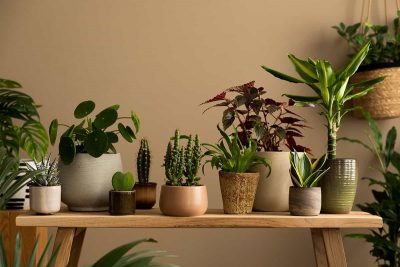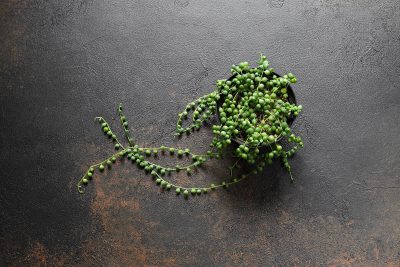A fiddle leaf fig with long stems and scattered leaves isn’t what most plant owners hope for, but it’s a fixable problem. Understanding the reasons behind legginess is the first step to a thriving, bushy tree. Let’s walk through why this happens and how to bring your plant back to its best.
You want to fill your home with vibrant plants without spending a fortune. With a few smart strategies, you can easily achieve a lush indoor garden. Utilize propagation techniques to multiply existing plants and create new ones at no cost. This not only saves money but also allows you to experiment with different species.
Bringing a jade plant into your home adds a touch of greenery and life that can immediately uplift the atmosphere. This resilient succulent, known scientifically as Crassula ovata, is cherished for its thick fleshy leaves and easy care routine. To ensure your jade plant thrives, place it near a south or west-facing window with abundant light.
Every home has those awkward spaces that are tricky to style, like the top of cabinets. The good news? You can use these high ledges to showcase easy-care plants that add warmth, movement, and greenery to your space. These 20 options offer a fresh approach and turn empty spaces into something special.
If you’ve just brought home a ZZ plant, you might wonder how to keep it looking as healthy as the day you bought it. Known for its resilience, the ZZ plant still benefits from a few key care tips. This guide will help you unlock the full potential of your new favorite houseplant.
Caring for an anthurium goes beyond basic watering and sunlight. These tropical beauties have unique needs that can catch even seasoned plant lovers off guard. This article breaks down the care essentials so your anthurium always looks its best.
Pruning the growing tips encourages bushier growth, which is key for Anthurium plants. Pairing this with proper light, temperature, and watering can make a significant difference. Choosing the right environment also supports their natural development.
If you’ve ever admired climbing pothos in photos but can’t figure out how to recreate the look at home, you’re not alone. Pothos need a little direction to climb, and the process is easier with a few proven tricks. Here are 10 tips that will help your pothos grow up, not just out.
Mealybugs may look harmless, but they can do serious damage to your favorite houseplants. The good news? You can eliminate them with a few simple, proven methods that are safe and effective.
Noticing tiny flies swarming around your indoor plants? You’re likely dealing with fungus gnats—one of the most annoying houseplant pests. In this guide, you’ll learn exactly how to get rid of them and keep your plants healthy and bug-free.
Creating a healthy home starts with what you put in it—and houseplants are a natural way to cleanse the air. These 20 allergy-friendly options not only beautify your space, they help filter out dust, mold spores, and common toxins. Let’s explore the plants that promote better breathing.
It’s frustrating when your string of pearls just won’t grow, no matter what you try. The good news? Growth problems usually come down to a few easy-to-fix issues—and you’re about to learn exactly what to look for.
Think you can’t keep plants in a bathroom without windows? Think again. These 20 tough, humidity-loving plants thrive in low light and are perfect for transforming small, dim spaces into calming green retreats.
